Advantages & Disadvantages of Fintech Innovations in Personal Finance
Did you know that over 60% of adults worldwide use at least one fintech service to manage their personal finances? From budgeting apps to investment platforms, fintech innovations have reshaped how we save, spend, and invest.
But with every innovation comes a trade-off.
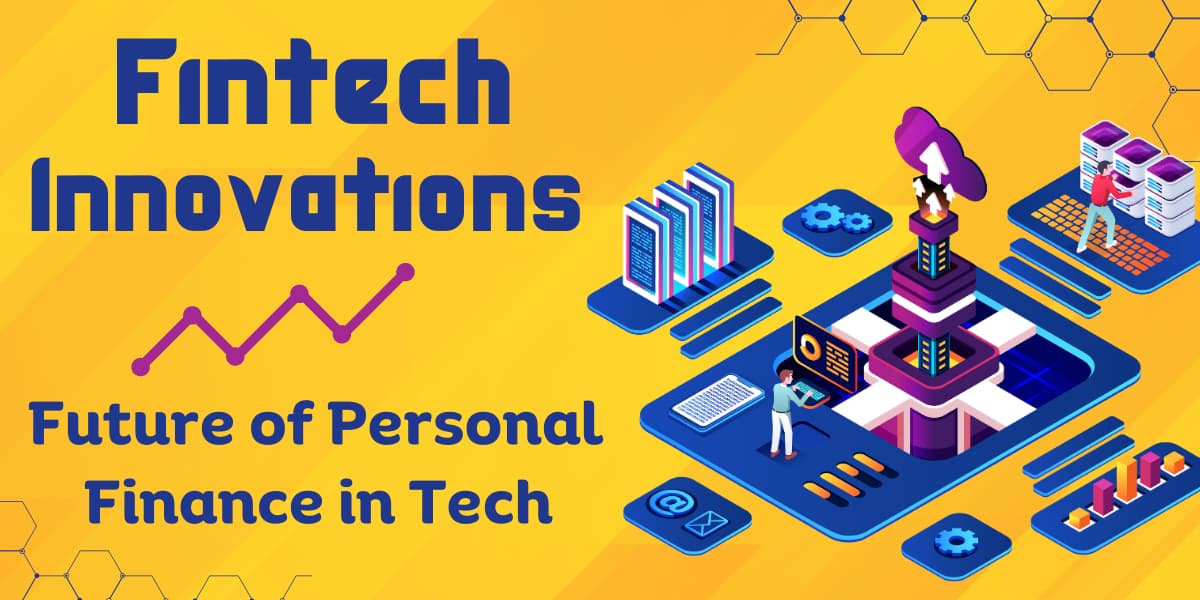
So, guys, in this blog post we will explore the advantages and disadvantages of fintech innovations in personal finance, digging up how they impact your financial journey.
Advantages of Fintech Innovations in Personal Finance
Here is the list of all the benefits of fintech innovations in personal finance:
- Easy Access to Financial Services
- Lower Costs and Fees
- Convenient and Quick Transactions
- 24/7 Availability
- Personalized Recommendations
- Financial Management Tools
- Financial Inclusion
- Budget Tracking
- Range of Investment Options
- Security Features
- Global Accessibility
- Faster Loan Approvals
Let us now cover each advantage in detail.
1. Easy Access to Financial Services
Fintech enables easy and universal access to financial tools, even for underserved populations. With Blockchain technology, financial inclusion has expanded, offering secure transactions even in remote areas.
Key Benefits:
- Open accounts instantly using mobile apps.
- Access transparent, secure, and fast payment solutions powered by blockchain.
- Equal opportunities for everyone, regardless of location.
2. Lower Costs and Fees
Fintech platforms are more affordable compared to traditional financial services. Blockchain technology reduces intermediaries, cutting transaction fees significantly. Many apps provide low-cost or free features, saving users money.
Key Benefits:
- No maintenance fees for basic accounts.
- Transparent pricing models.
- Affordable premium features for advanced users.
3. Convenient and Quick Transactions
Digital wallets and mobile banking apps make transactions fast and smooth.Fintech platforms use data analytics to optimize payment systems, ensuring speed and accuracy. Sending and receiving payments is now just a click away, with enhanced security.
Key Benefits:
- Instant money transfers.
- Simplified bill payments, including automatic Payroll setups.
- Real-time tracking ensures transparency.
4. 24/7 Availability
Fintech tools are available anytime, ensuring you’re never limited by traditional office hours. You can access your accounts, make transfers, or pay bills whenever needed.
Key Benefits:
- No time constraints on transactions.
- Flexible access to financial tools.
- Freedom to manage finances at your convenience.
5. Personalized Recommendations
Fintech uses AI to provide personalized advice based on your spending and saving habits. Apps analyze your financial data to suggest better financial strategies.
Key Benefits:
- Customized budgeting tips.
- Tailored investment recommendations.
- Real-time alerts for smarter decisions.
6. Financial Management Tools
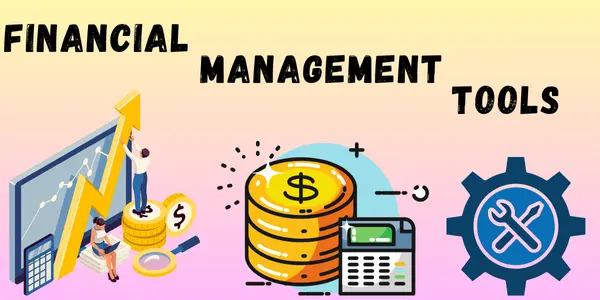
Fintech apps provide detailed insights into budgeting and spending. Tools like paycheck stub, analyzers allow users to better track their earnings and plan their expenses.
Key Benefits:
- Categorized expense tracking.
- Goal-setting tools to encourage saving.
- Automatic reminders for bill payments.
7. Financial Inclusion
Fintech bridges the gap for individuals who lacked access to traditional financial systems. This offers tools for people with no prior banking experience. Moreover, it helps small businesses access loans and credit services.
Key Benefits:
- Greater access for marginalized communities.
- Simple onboarding processes.
- Financial empowerment for underserved populations.
8. Range of Investment Options
Fintech platforms open up investment opportunities for everyone. With real-time updates on the BTC Price , users can make informed cryptocurrency investment decisions.
Key Benefits:
- Invest with minimal amounts.
- Transparent fee structures.
- Tools and resources for informed decisions.
9. Budget Tracking
With fintech apps, tracking your budget becomes hassle-free and enjoyable. Automatic categorization of expenses gives a clear view of spending habits.
Key Benefits:
- Instant updates on spending and saving progress.
- Tools to highlight areas for cost-cutting.
- Encourages better financial discipline.
10. Security Features
Fintech prioritizes the safety of your data with cutting-edge security measures. Encryption, two-factor authentication, and fraud detection systems protect your assets.
Key Benefits:
- Minimized risk of fraud.
- Secure transactions every time.
- Peace of mind with robust safety protocols.
11. Global Accessibility
Fintech tools allow you to access your accounts and make payments anywhere in the world. Perfect for frequent travelers or those managing international finances.
Key Benefits:
- Hassle-free global transactions.
- Multi-currency support.
- Ease of managing cross-border payments.
12. Faster Loan Approvals
Fintech platforms simplify and accelerate the loan application process. Online applications eliminate the need for in-person visits. And, AI-driven evaluations process applications quickly.
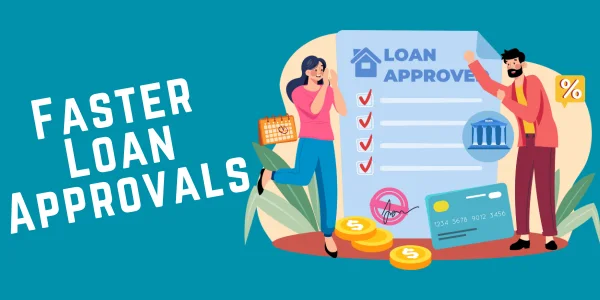
Key Benefits:
- Minimal paperwork.
- Quick disbursement of funds.
- Transparent terms and conditions.
Disadvantages of Fintech Innovations in Personal Finance
Fintech innovations offer numerous benefits, but they also come with limitations that users should be aware of.
Here is the list of all the limitations:
- Data Privacy Risks
- Dependence on Technology
- Limited Human Interaction
- Overwhelming Choices of Apps
- Hidden Fees in Some Services
- Unregulated Market Segments
- System Downtime or Glitches
- Reliance on Internet Connectivity
Below is a detailed explanation of the disadvantages of fintech innovations in personal finance.
1. Data Privacy Risks
The widespread use of fintech platforms raises concerns about the security of users' personal and financial data. Hackers can exploit vulnerabilities in systems, leading to data breaches.
Key Risks:
- Potential data theft and fraud.
- Misuse of personal information by third-party services.
- Lack of transparency in data sharing policies.
2. Dependence on Technology
Fintech services heavily rely on technology, which can create challenges for users. A lack of technical knowledge may make it difficult for some individuals to navigate fintech platforms.
Key Risks:
- Inaccessibility during technical issues.
- Challenges for older generations or less tech-savvy users.
- Increased vulnerability to cyberattacks.
3. Limited Human Interaction
Fintech platforms replace traditional customer service with chatbots and automated tools, which may not always meet users' needs. Some users prefer personal assistance when dealing with complex financial matters.
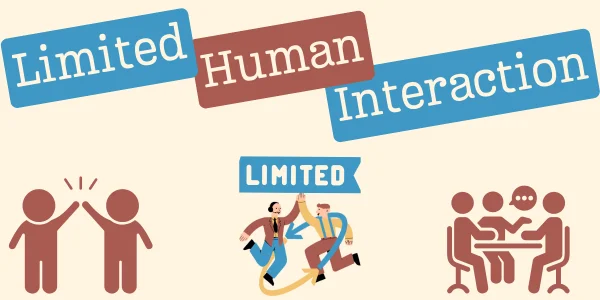
Key Risks:
- Frustration due to lack of empathy or personalized solutions.
- Difficulty resolving unique or complex issues.
- Reduced trust in financial services.
4. Overwhelming Choices of Apps
The fintech market is flooded with apps, which can confuse users when selecting the best one. Many apps offer overlapping features, making it hard to differentiate them.
Key Risks:
- Decision fatigue due to excessive options.
- Time wasted comparing apps.
- Increased costs from subscribing to multiple services.
5. Hidden Fees in Some Services
While many fintech platforms claim to offer low costs, some include hidden fees that users only discover later. Charges for premium features or transaction fees may not be disclosed upfront.
Key Risks:
- Loss of trust due to unclear pricing.
- Financial strain from unexpected charges.
- Difficulty in managing budgets due to hidden expenses.
6. Unregulated Market Segments
Certain areas of fintech, such as cryptocurrency, lack comprehensive regulation, increasing risks for users. Unregulated services may expose users to scams and fraud.
Key Risks:
- No guarantees or safety nets for investments.
- Greater exposure to fraudulent schemes.
- Limited recourse in case of disputes.
7. System Downtime or Glitches
Technical failures can disrupt access to fintech platforms, affecting users’ ability to manage their finances. Unexpected outages may leave users unable to perform transactions.
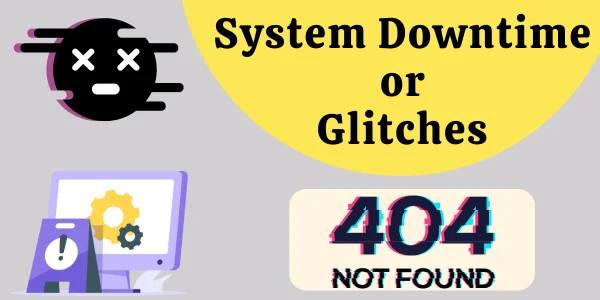
Key Risks:
- Missed payment deadlines.
- Errors in financial calculations.
- Loss of confidence in fintech reliability.
8. Reliance on Internet Connectivity
Fintech services require stable internet access, which can be a challenge in areas with poor connectivity. Users in rural or remote locations may face difficulties accessing services.
Key Risks:
- Limited accessibility for users without reliable internet.
- Delayed transactions during connectivity issues.
- Increased dependence on a single resource for managing finances.
Conclusion
In this article, we’ve covered the pros and cons of fintech innovations in personal finance in detail.
Personally, I believe fintech tools are a game-changer if used responsibly—they can help you save time, stay organized, and reach your financial goals faster. But, always prioritize security and do your research before choosing any platform.
Start exploring fintech options today and take charge of your personal finance journey!




Please Write Your Comments